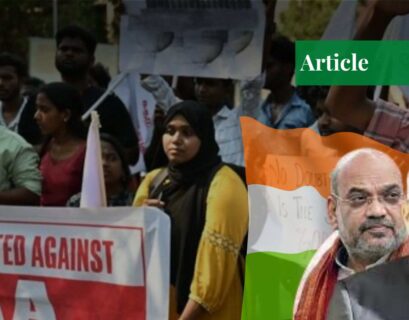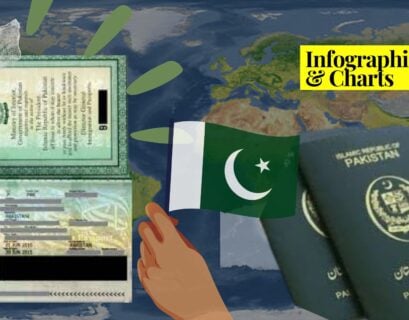Mr Saleem Abbas is pursuing an M.Phil in IR from National Defense University, Islamabad.
The history, politics, and society of South Asia have been the focus of British historian Ian Talbot’s entire professional life, and his outstanding academic work A History of Modern South Asia: Politics, States, Diasporas dives deeply into the region’s historical narrative. Readers are engrossed from beginning to end thanks to the author’s meticulous attention to detail and ability to communicate complex information engagingly.
Talbot’s work has several distinguishable strengths; his thorough analysis of historical occurrences including the division of India and Pakistan, the creation of Bangladesh, and the effects of colonialism gives readers a thorough knowledge of the political landscape in the area. Talbot deftly examines these incidents, illuminating their importance and long-term ramifications.
Talbot offers unique viewpoints on nationalism, socialism, and democracy as he critically assesses the numerous ideologies that have impacted the area. His analysis of the experiences and contributions of South Asian diasporas also enhances the story and draws attention to the historical significance of South Asia on a global scale.
A History of Modern South Asia makes some assumptions about the reader’s existing knowledge, making it difficult for new readers or those without a foundation in South Asian history. While the breadth of knowledge is laudable for more advanced readers, those who are less aware of the historical events, concepts, and terminologies would have benefitted from clearer explanations and contextualization.
Additionally, some readers may find the book’s density and thorough treatment of political views and historical events to be overpowering. Readers may find it challenging to remember important points or completely comprehend the complexities of South Asian history due to the volume of information covered. This may have been addressed by adding more summaries or conceptual frameworks to help organize and synthesize the volume of information supplied.
A History of Modern South Asia also could have paid more emphasis to the social and cultural facets of South Asian history. Despite acknowledging the importance of cultural change, Talbot just briefly explores it in comparison to the political story. The comprehension of the region’s history may have been enhanced by a more thorough examination of social and cultural developments, which would have offered a more comprehensive viewpoint.
Talbot backs up his claims with a wealth of data taken from sources, academic writings, and historical records. Readers might learn more about the deliberations and intricacies involved in the partition by reading Talbot’s allusions to letters amongst important figures during the period. This book is more credible because of its evidence-based methodology, which also enables readers to connect with the subject matter more fully.
Talbot explores a variety of political ideologies, social movements, and cultural developments to provide readers with a complete picture of the intricate dynamics of the region. Talbot analyses the difficulties and opportunities that arose throughout the decolonization process as well as the power dynamics, economic exploitation, and cultural alterations brought about by colonial control. Talbot’s investigation illuminates the complicated interactions between colonial forces and local resistance movements, shedding light on the difficulties of the area’s independence struggle.
A History of Modern South Asia stands out from other publications on South Asian history for its thorough treatment and focus on diaspora communities. Talbot’s exploration of the experiences and contributions of diaspora cultures also gives the book a special depth that makes it more inclusive and universally applicable.
Throughout the entire book, Talbot keeps a neutral and fair voice. He acknowledges both the benefits and drawbacks of numerous historical occurrences, ideologies, and political actors in the presentation of his arguments and analyses. By taking an impartial stance, the author prevents readers from being swayed by his or her prejudices and enables them to establish their conclusions based on the material presented.
To conclude, Ian Talbot’s A History of Modern South Asia: Politics, States, Diasporas is a superb academic study that provides a thorough and nuanced exploration of South Asian history. Anyone looking to obtain a thorough understanding of the difficulties in the region will find this book to be a useful resource because of Talbot’s diligent research, perceptive analysis, and entertaining writing style. Talbot’s unbiased approach, backed up by copious data, strengthens the plausibility of his claims and enables readers to interact critically with the content.
If you want to submit your articles, research papers, and book reviews, please check the Submissions page.
The views and opinions expressed in this article/paper are the author’s own and do not necessarily reflect the editorial position of Paradigm Shift.


















